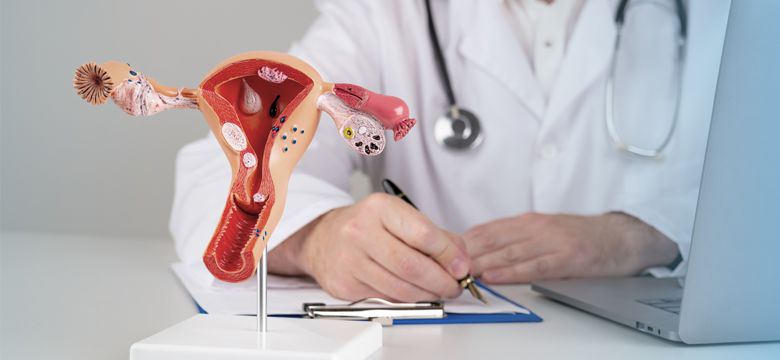What is Hysteroscopy?
Hysteroscopy is a procedure that allows us to examine inside the uterus (the womb) and the parts of the tubes opening into the uterus by using a thin, lighted instrument called a hysteroscope. The hysteroscope is inserted through the vagina to the cervix and into the uterus, providing a direct view of the uterine cavity.
Application areas of Hysteroscopy (When is hysteroscopy recommended?)
Hysteroscopy is mainly used for two purposes: diagnostic and operative (surgical treatment)
How is a hysteroscopy done?
Advantages of Hysteroscopy
Frequently Asked Questions About Hysteroscopy
When hysteroscopy can be performed?
Hysteroscopies are done after the period has stopped and before ovulation. This is usually between days 10-14 of your cycle.
When can the patient be discharged?
Patients can usually be discharged 4-6 hours after the procedure.
Recovery Process Following Hysteroscopy
- Recovery is typically quick for diagnostic hysteroscopy; many women can resume normal activities the same day.
- Recovery may take longer for operative hysteroscopy, depending on the procedure. Most women can return to normal activities, including work and exercise, within a few days after the procedure.
Risks of a hysteroscopy
Hysteroscopy is generally safe, but like any medical procedure, it carries some risks. These can include infection, bleeding, and injury to the uterus or other organs.
Things to consider after hysteroscopy
You might experience cramping that is similar to period pain and some spotting or bleeding for a few days. This is normal unless it is heavy.
You should avoid having sex for a week or until bleeding has stopped to reduce the risk of infection.
Does the chance of getting pregnant or IVF success rate increase after doing a hysteroscopy?
Hysteroscopy is an important diagnostic and treatment method in the evaluation of infertility. One of the many causes of infertility is intrauterine lesions, polyps, myomas, uterine septum, and intrauterine adhesions. These conditions can be diagnosed and treated by hysteroscopy.
If there has been one or more unsuccessful in vitro fertilisation treatments before, it is crucial to perform hysteroscopy. According to research, more than 50% of women who have had more than one unsuccessful in vitro fertilisation treatment have abnormalities such as adhesions, polyps or uterine septum.
These abnormalities can be treated with hysteroscopy, which may increase the success in-vitro fertilisation treatment.

